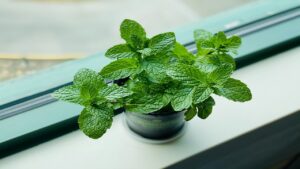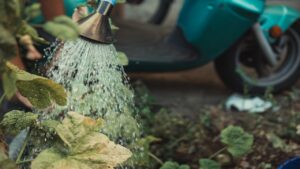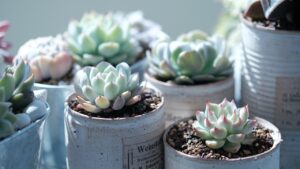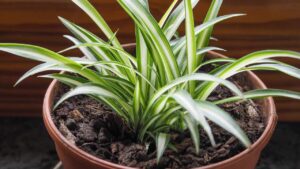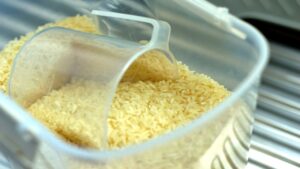A Pencil Can Help With Watering Plants Properly
Growing plants is a fun and effective way to add beauty to the home, both inside and outside. Unfortunately, they are a little more complicated than the other decorative pieces in the house. If you want your plants to last, they do require a certain amount of attention and care. And to help simplify this process, we will discuss how to care for your plants easily and correctly.
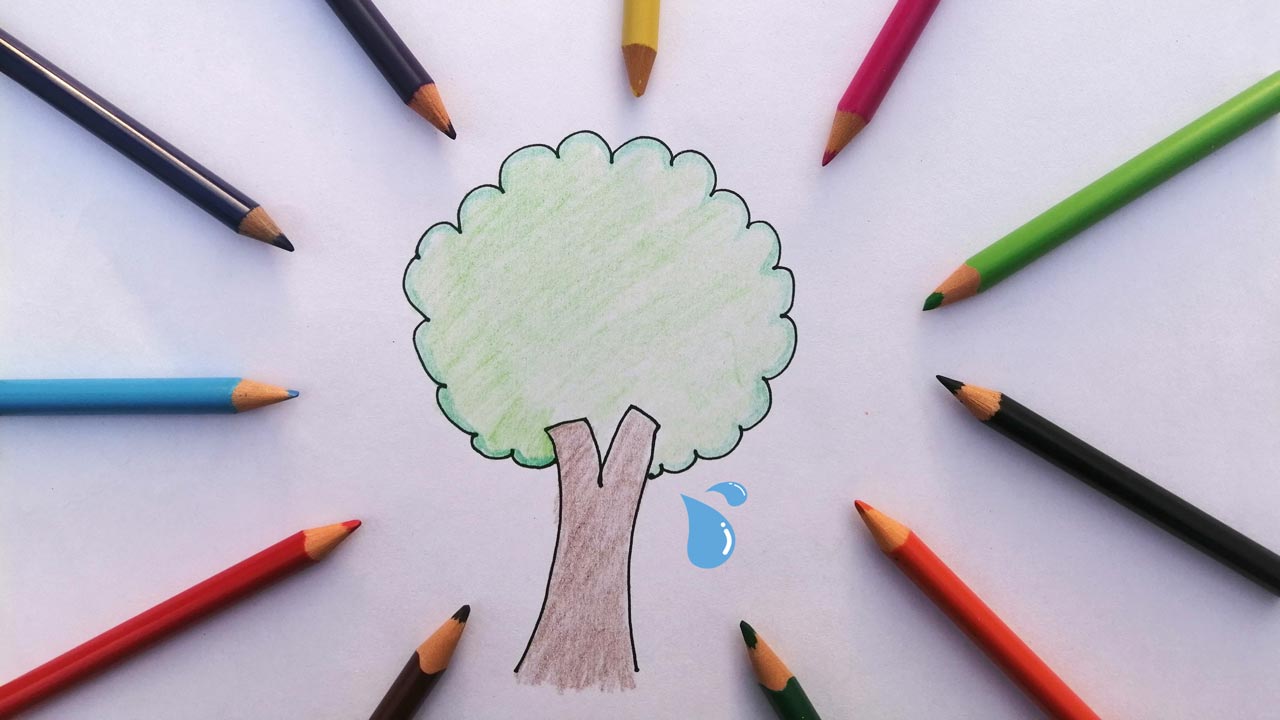
Among all the steps required to help plants grow strong and healthy, watering is definitely the most important. Not only do plants need to be watered routinely, but the routine also has to be correct. Watering too frequently or too rarely will inevitably lead to plants dying prematurely. But there is a way to figure out how to develop an ideal watering schedule.
We can begin by discussing what to do during the warm season. To start, it is important to make sure the soil is irrigated during the coolest hours of the day or evening. Watering will depend on the specific type of plant we have. Some plants require a lot of water for long periods of time, and in this case, we will want to make sure the soil is always damp. Succulents, on the other hand, can withstand dry environments and therefore don’t require as much attention when it comes to watering. And if you are not exactly sure what kind of plant you are dealing with, a little research should easily answer any questions.

How a Pencil Can Help
Sometimes, a general rule of thumb is not quite enough. The environmental conditions that a plant is exposed to are not always constant. For example, the humidity levels in a house can vary greatly from day to day. This will also lead to varying levels of moisture in different areas of the soil. These factors, of course, will affect the proper watering schedule.
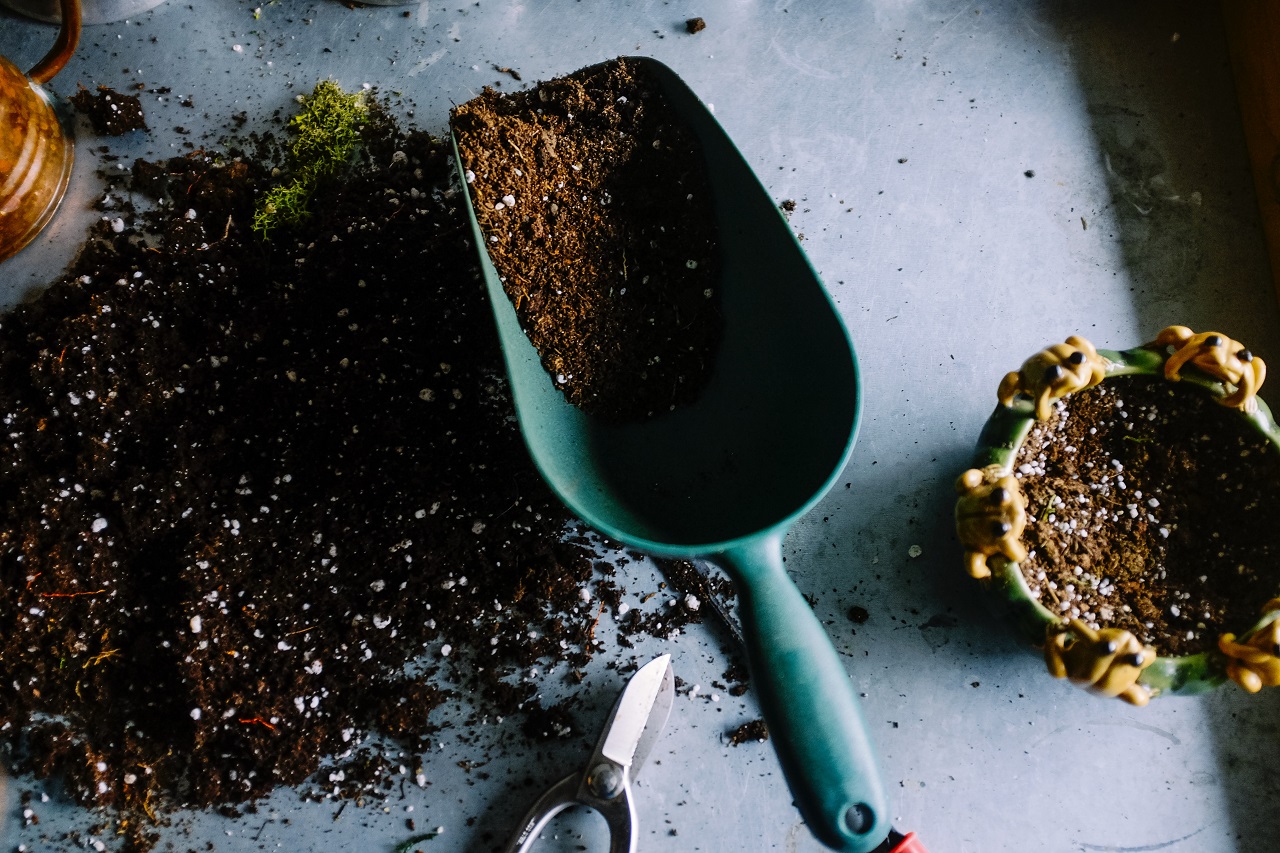
Now, in order to understand when a particular plant needs to be watered, we just need to get a hold of a pencil. Take your pencil and push it into the soil about 5 centimeters deep. When you extract the pencil from the earth, it will now act as a gauge to measure moisture. If the pencil is dry, then you should probably begin watering immediately. Conversely, a wet pencil will indicate that you can wait a little longer before watering again. The latter instance is important for avoiding overwatering, which can cause the plant’s roots to rot.
